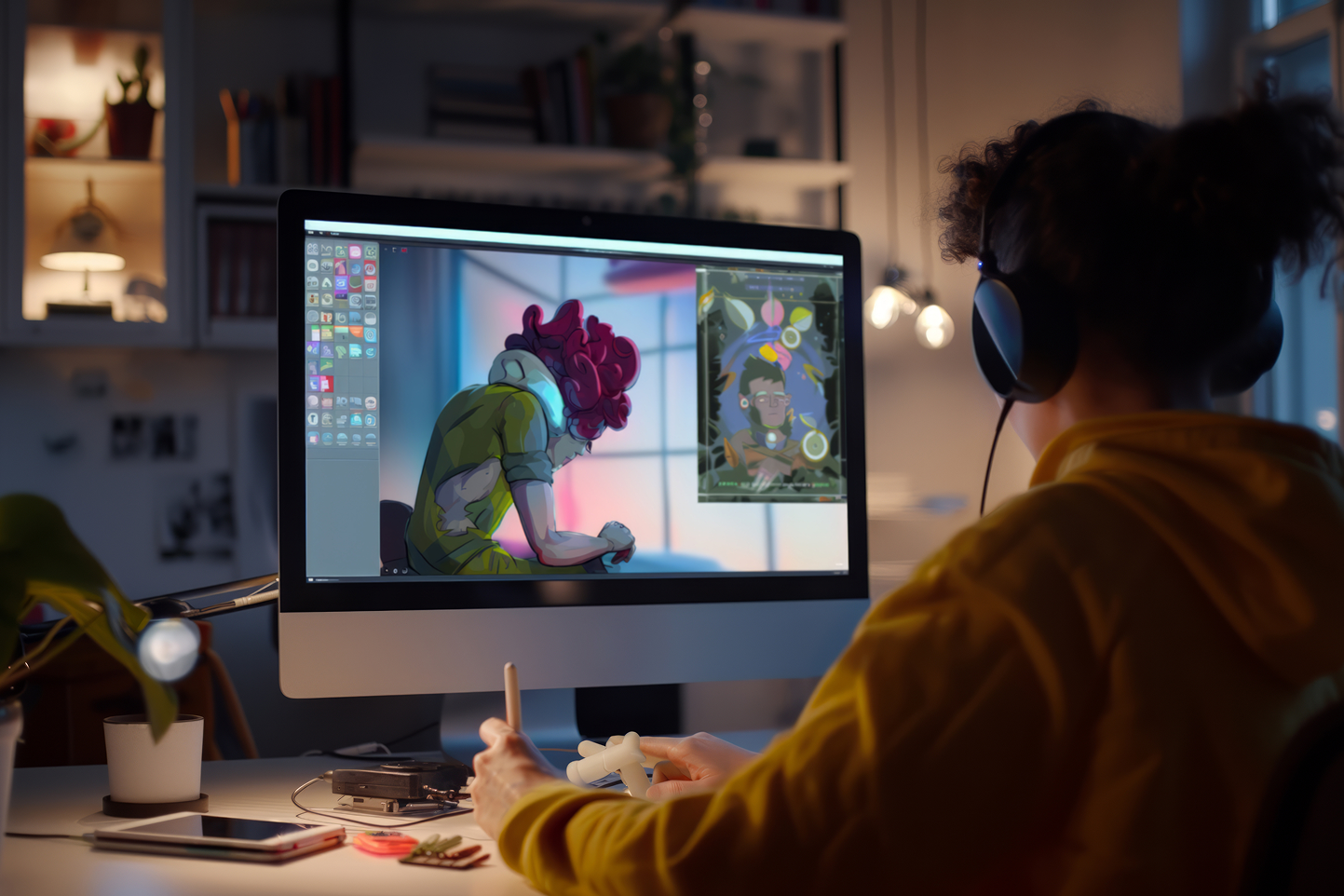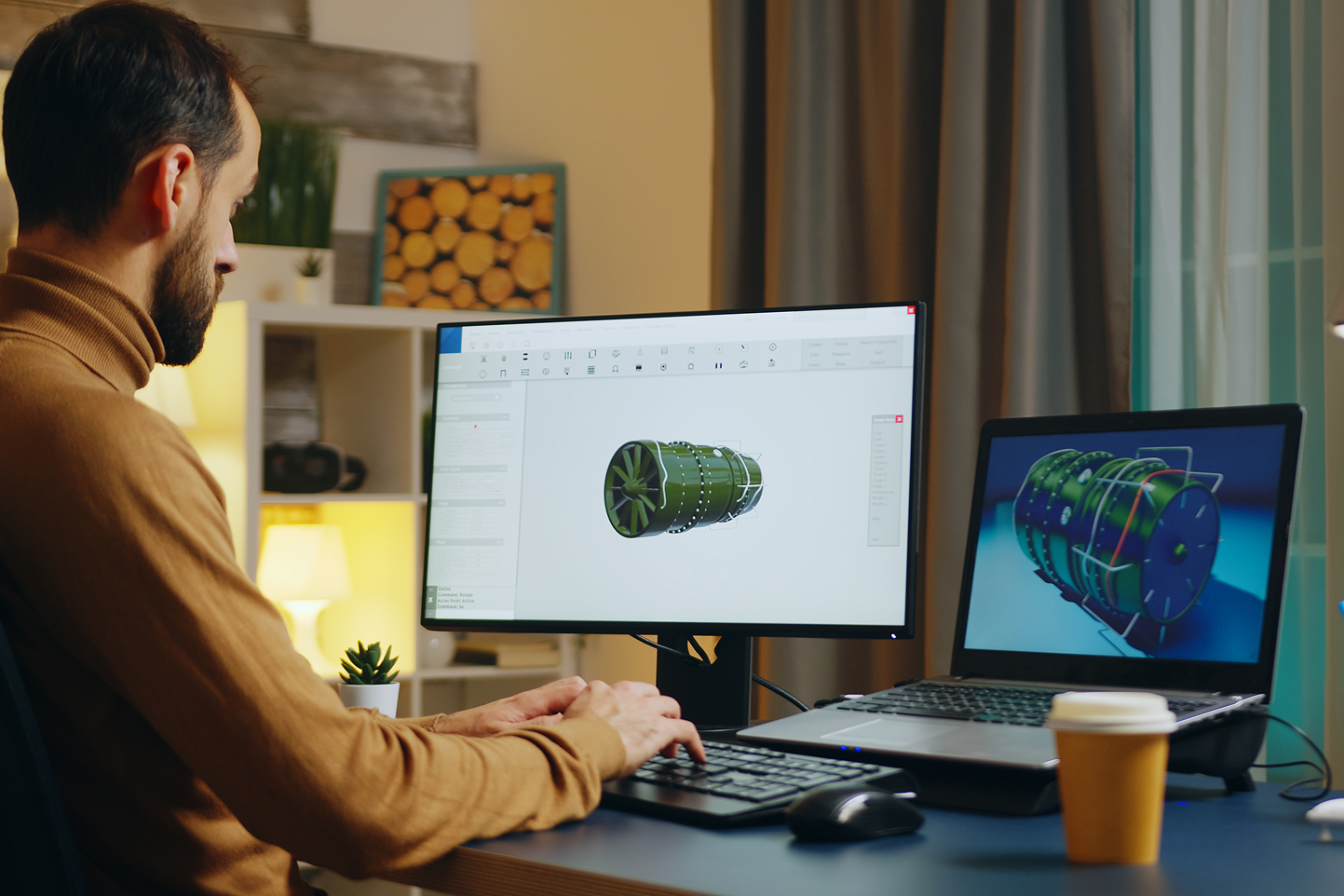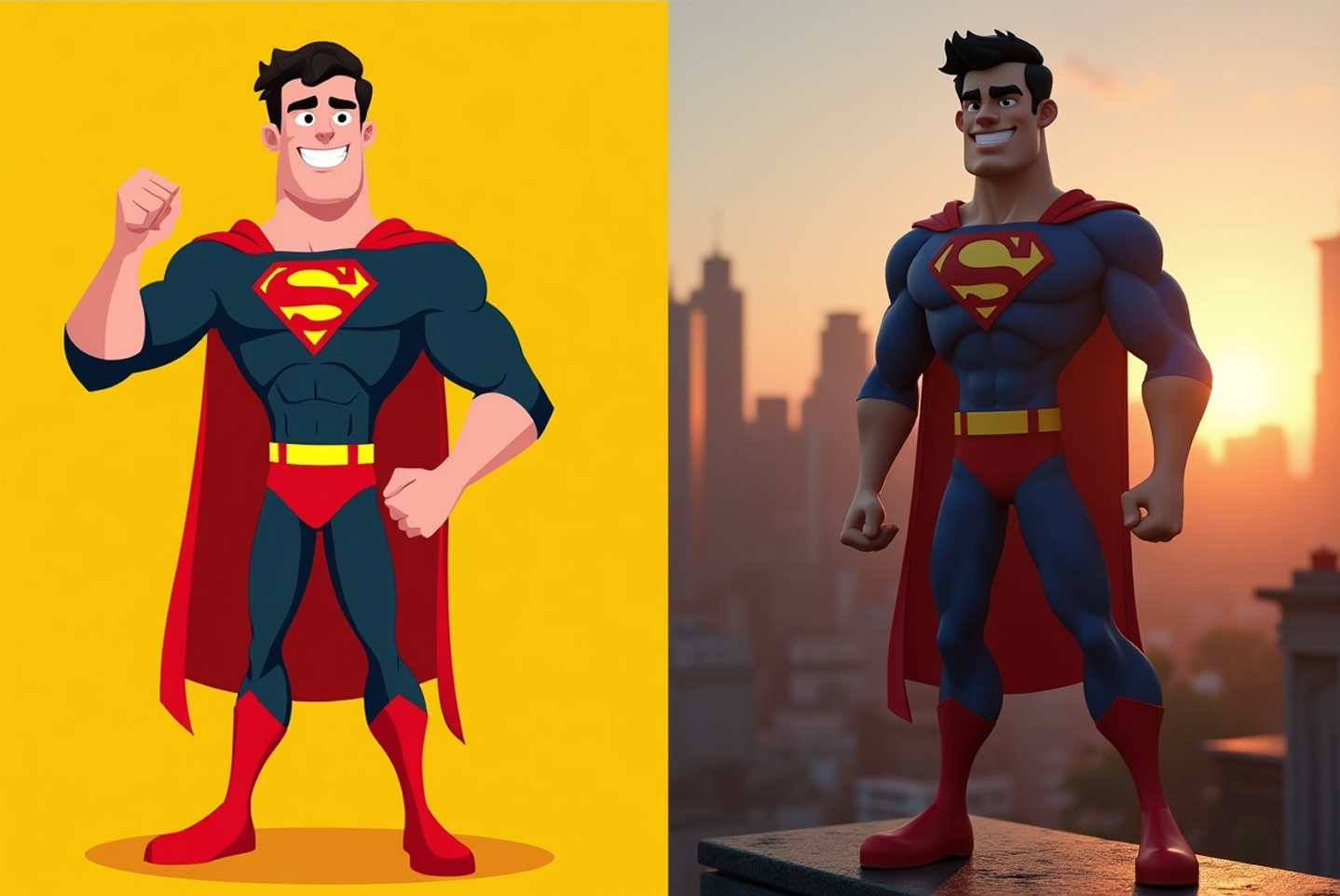What Is 2D Animation?

If you grew up in India, you probably remember evenings with Chhota Bheem, Shinchan, or even old Doordarshan cartoons. For some of us, it was watching cricket promos that had stick figures running across the screen, or learning math from animated lessons in school computer labs. That flat but lively world of moving characters and drawings? That’s 2D animation. It has been shaping our stories, ads, and classrooms for decades. And despite all the hype around 3D, 2D continues to thrive, just with new tools and cooler possibilities.
So, what really is 2D Animation?
Let’s strip it down. What is a 2D animation video? At its simplest, it’s the art of creating movement in a flat world that only has height and width. No depth, no fancy perspective. Artists draw (or digitally create) a sequence of images where each frame changes a little, like a hand moving or a ball bouncing. Play those frames quickly, and our eyes see it as motion.
Think of those little flipbooks you scribbled on the corners of your notebooks. When you flicked the pages, the doodle came alive. That’s the basic principle of 2D animation, scaled up with creativity and technology.
What Does a 2D Animator Do?
So, what does a 2D animator do? Their job is part design, part acting, part filmmaking.
- Character Creation: Animators start by shaping personalities. A health brand may need a friendly doctor character. An ed-tech startup might want a curious student avatar. The animator sketches, refines, and finalizes these characters.
- Breathing Life into Movement: Walking, laughing, looking confused. Animators study human and animal motion to make sure their characters don’t look robotic. Timing is everything; a mistimed blink can ruin the mood of a scene.
- Building the World: Backgrounds aren’t filler. They set the tone. Is it a bustling Mumbai street with honking autos or a calm classroom with chalk dust in the air? The animator decides and designs it.
- Technical Fine-Tuning: Using software, they add polish: smooth transitions, lighting effects, and syncing lip movement with dialogue. It’s where art meets tech.
In short, animators are storytellers who speak in visuals instead of words.
Types of 2D Animation
The phrase “2D animation” is like saying “food.” There are many cuisines under it. Here are the main ones:
- Traditional Animation: Old-school, frame-by-frame, drawn by hand. Every frame is a fresh drawing. Think of Disney’s The Lion King or classic Indian TV cartoons. It’s painstaking but carries a raw, human touch.
- Digital Animation: This is the modern cousin. Computers take over, making it faster and more flexible. From marketing explainers to Instagram ads, this is the go-to style today.
- Cut-Out Animation: Imagine paper dolls with moving arms and legs. That’s cut-out style, now often done digitally. Quirky, playful, and cost-effective. Shows like South Park made it popular.
- Rigged Character Animation: Instead of drawing a character anew every frame, animators create a skeleton or “rig.” Move the rig, and the character follows. It saves time and keeps consistency across projects like ad campaigns or YouTube series.
- Motion Graphics: Sometimes you don’t need characters. You need sleek visuals, moving text, or logo animations. That’s motion graphics. If you’ve seen a fintech brand explain EMI with spinning charts and animated numbers, that’s this style.
These types of 2D animation give creators and brands options to match tone, budget, and audience.
Steps to Create 2D Animation
Making a 2D animation is like cooking a biryani. It’s a process, layer by layer, where skipping a step ruins the dish. Here’s how it unfolds:
- Grasping the Fundamentals: Every animator studies timing, weight, and flow. For example, when a cricket ball drops, it bounces faster the first time, slower after. Without such basics, motion looks fake.
- Storyboarding and Pre-Production Planning: This is the recipe card. A storyboard lays out every scene like a comic strip, who enters, what moves, and where the camera “sits.” It keeps everyone on the same page.
- Developing Keyframes and In-Between Frames: Keyframes are the milestones: start of a jump, mid-air, and landing. In-betweens fill the gaps. Together, they make the motion smooth. Think of it like choreographing a dance step by step.
- Applying Colors, Textures, and Effects: Once the skeleton of motion is done, visuals are dressed up. Colors set the mood, shadows add depth, and effects like smoke or sparkle add drama. This stage makes a sketch look professional and ready for release.
That’s the gist of how to make 2D animation, from rough sketches to polished stories.
Is 2D Animation Dying?
The short answer: no. The reality is, 2D is thriving. Sure, 3D looks flashy in films and gaming. But 2D is unbeatable for explainer videos, mobile content, and quick marketing campaigns.
It’s cheaper, faster, and instantly relatable. Just look at Unacademy’s animated lessons or Zomato’s funky ads, you’ll see 2D is very much alive and kicking
Animate with Filmbaker
At Filmbaker, we love taking ideas and giving them motion. Whether it’s for startups looking to explain their product, brands wanting memorable ads, or teams crafting creative campaigns, our animation process is collaborative and detail-driven.
Among the trusted production companies in Bangalore, we work with clients nationwide. Whether you’re after an animated explainer video company or an animation studio in Delhi, we’ve got the craft to bring your story alive.
Let’s get your brand moving.


